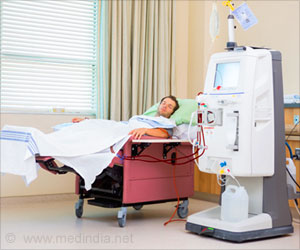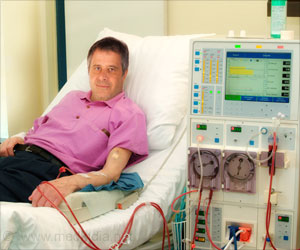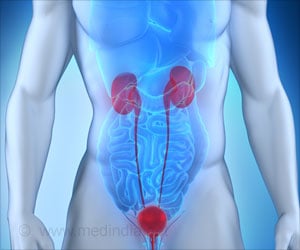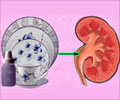A new system uses radio-frequency energy instead of open surgery to create access for patients requiring hemodialysis.
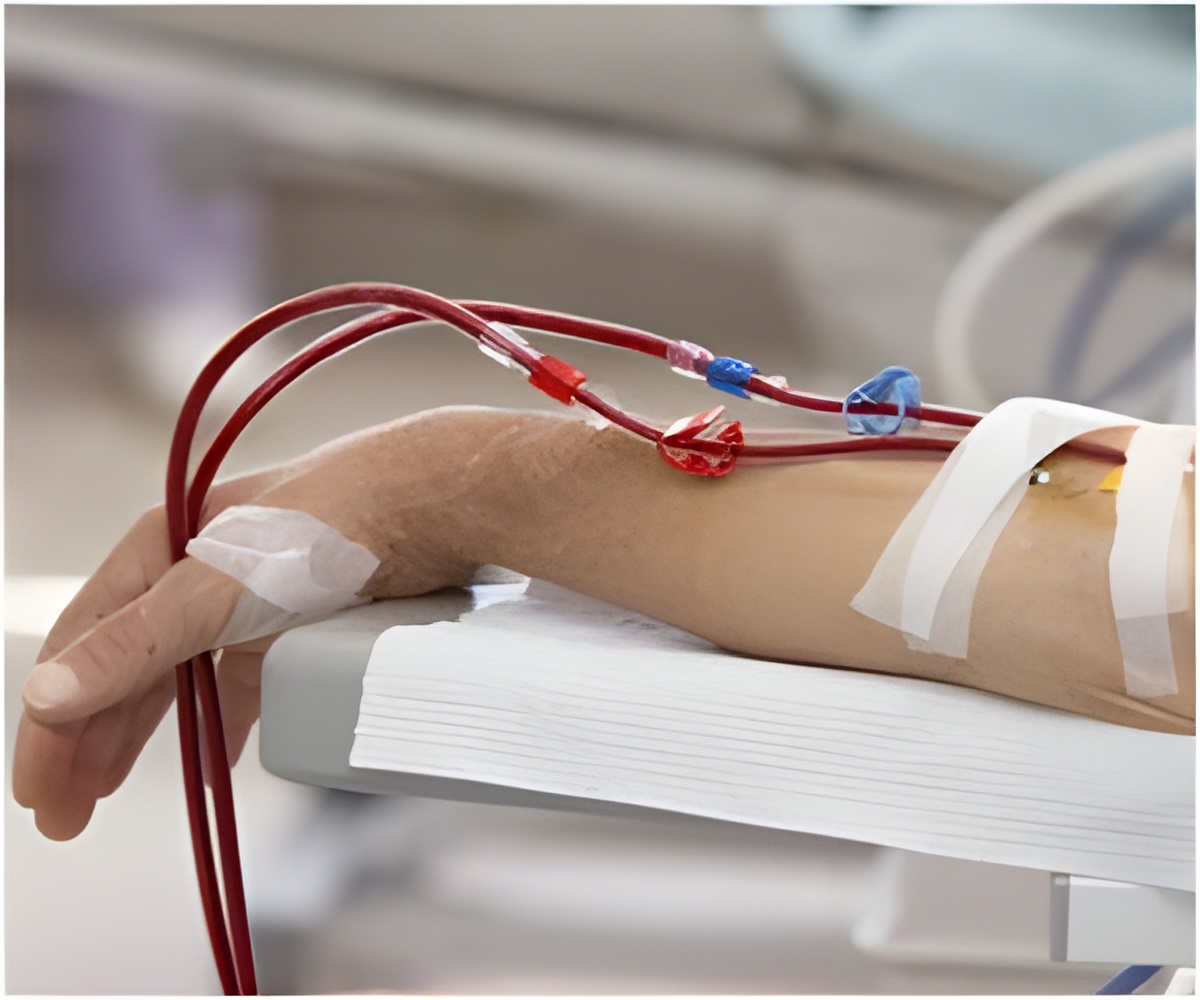
‘For hemodialysis patients, creating direct access to their blood is critical because they need to have their blood cleaned regularly by a dialysis machine.’





Traditional surgical fistulas often need two to three additional procedures before the AV-fistula is ready for use, while the AV-fistulas created by this new technology needed fewer.The study, entitled, "Endovascular Proximal Forearm Arteriovenous Fistula for Hemodialysis Access: Results of the prospective, multicenter Novel Endovascular Access Trial (NEAT)," is published online in the American Journal of Kidney Disease, June 14, 2017. Dr. Charmaine Lok, Medical Director of both the Chronic Kidney Diseases and Hemodialysis Programs at the Toronto General Hospital, University Health Network is an internationally renowned specialist on hemodialysis access and the principal investigator of the trial.
"Chronic kidney patients currently do not have a minimally invasive option for creating AV-fistulas and yet it could reduce a significant barrier for patients to have an AV-fistula, which is the preferred access for hemodialysis. Patients often refuse AV-fistula creation because they do not want to undergo open surgery, and this technology can provide another option for patients," says Dr. Lok, who is also a senior scientist at Toronto General Hospital Research Institute.
She notes that the use of AV-fistulas remains low in many regions world-wide. She adds that traditional surgical AV-fistulas can require long wait times, general anesthesia, and pre-operative assessments.
Currently, an AV-fistula is made through a surgical incision in the arm to expose and access the artery and vein, which are then cut and stitched together. The vein grows bigger and stronger (now called an AV-fistula) over six to 12 weeks. The strengthened AV-fistula, which can sometimes last for decades, can then be used for regular hemodialysis treatments.
Advertisement
Dr. Dheeraj Rajan, the co-primary investigator in the study and Vascular/Interventional Radiologist at University Health Network's Joint Department of Medical Imaging, supervised the interventional procedure for all Toronto General Hospital and other study centre patients.
Advertisement
Source-Eurekalert

